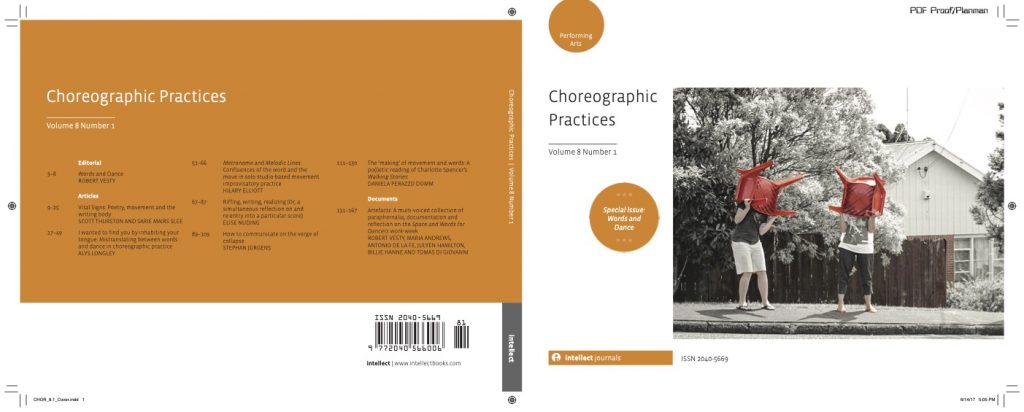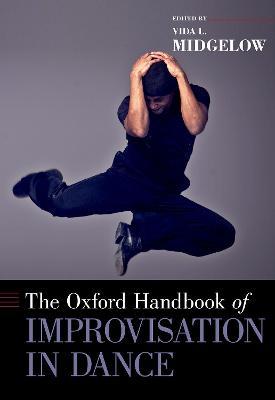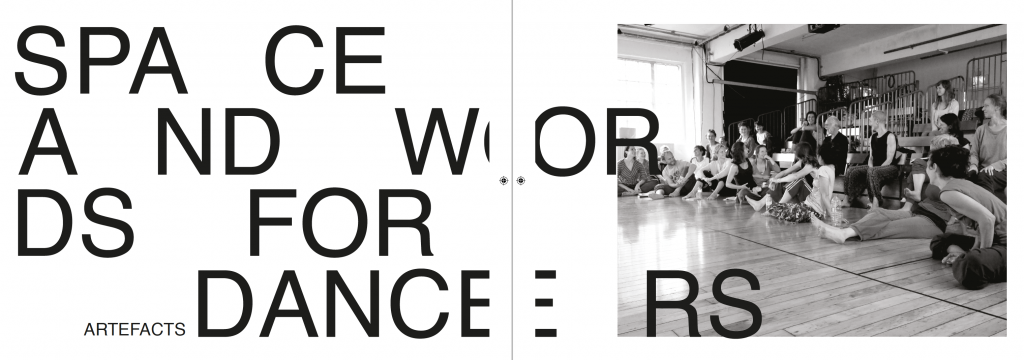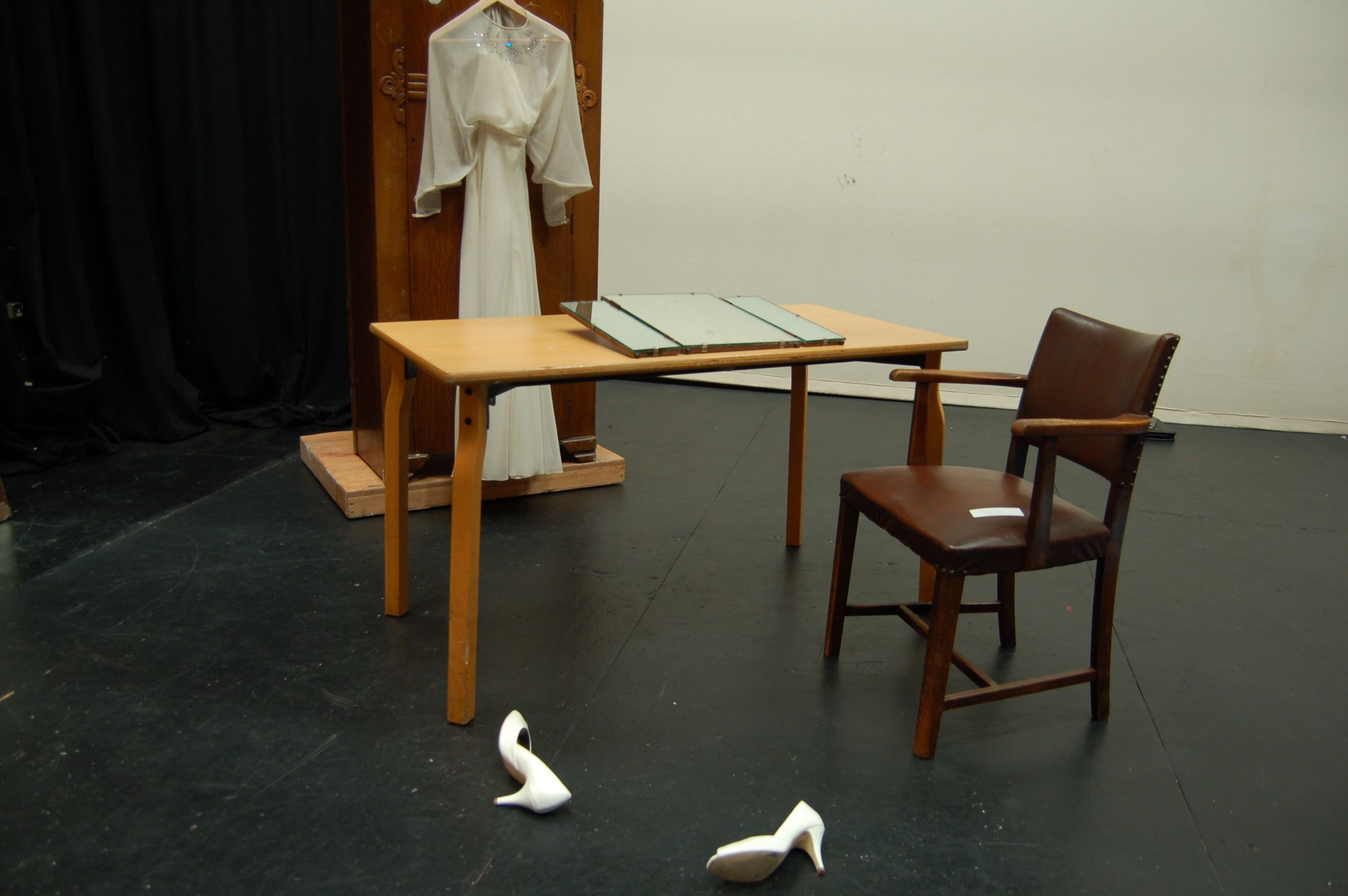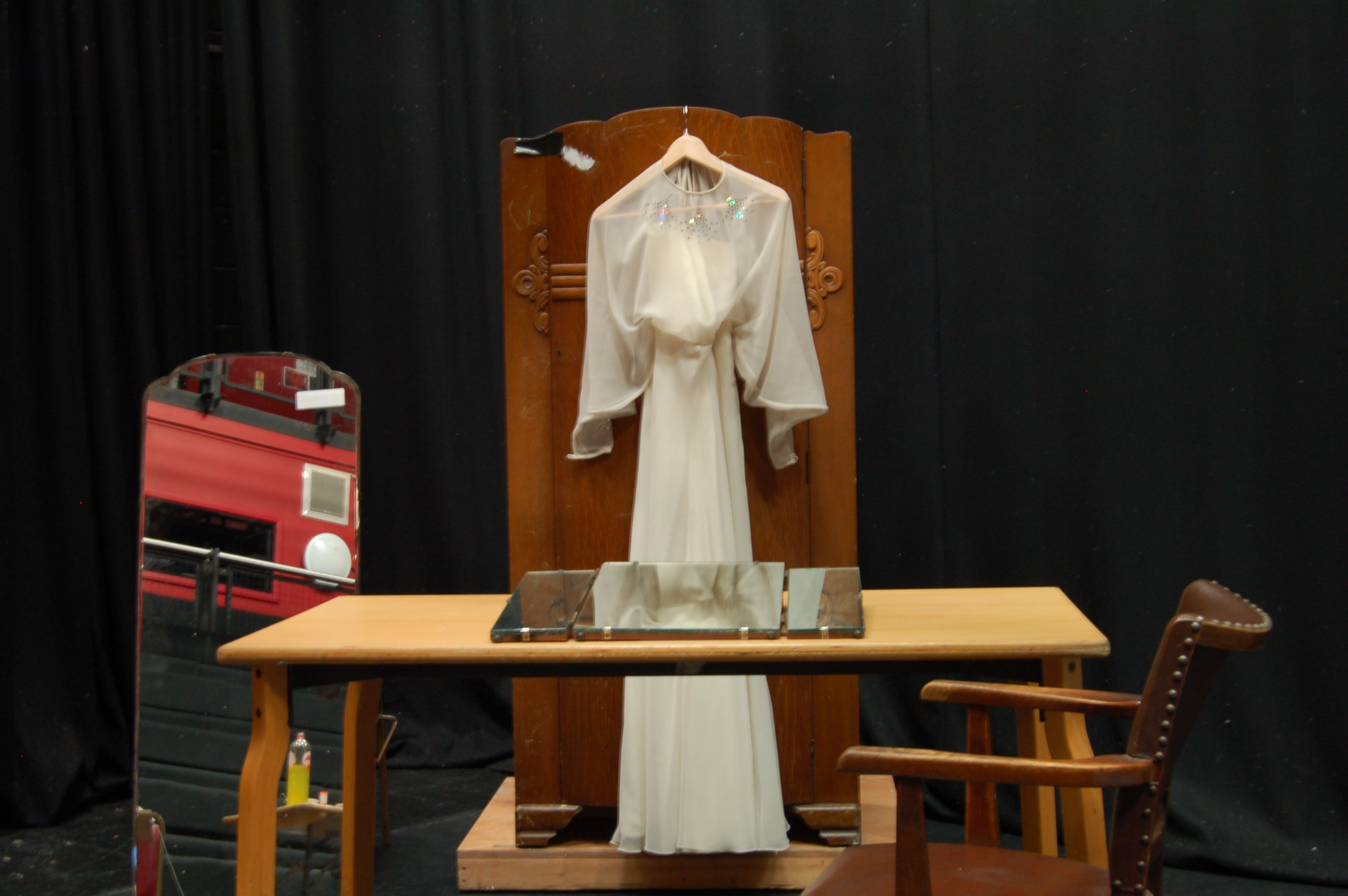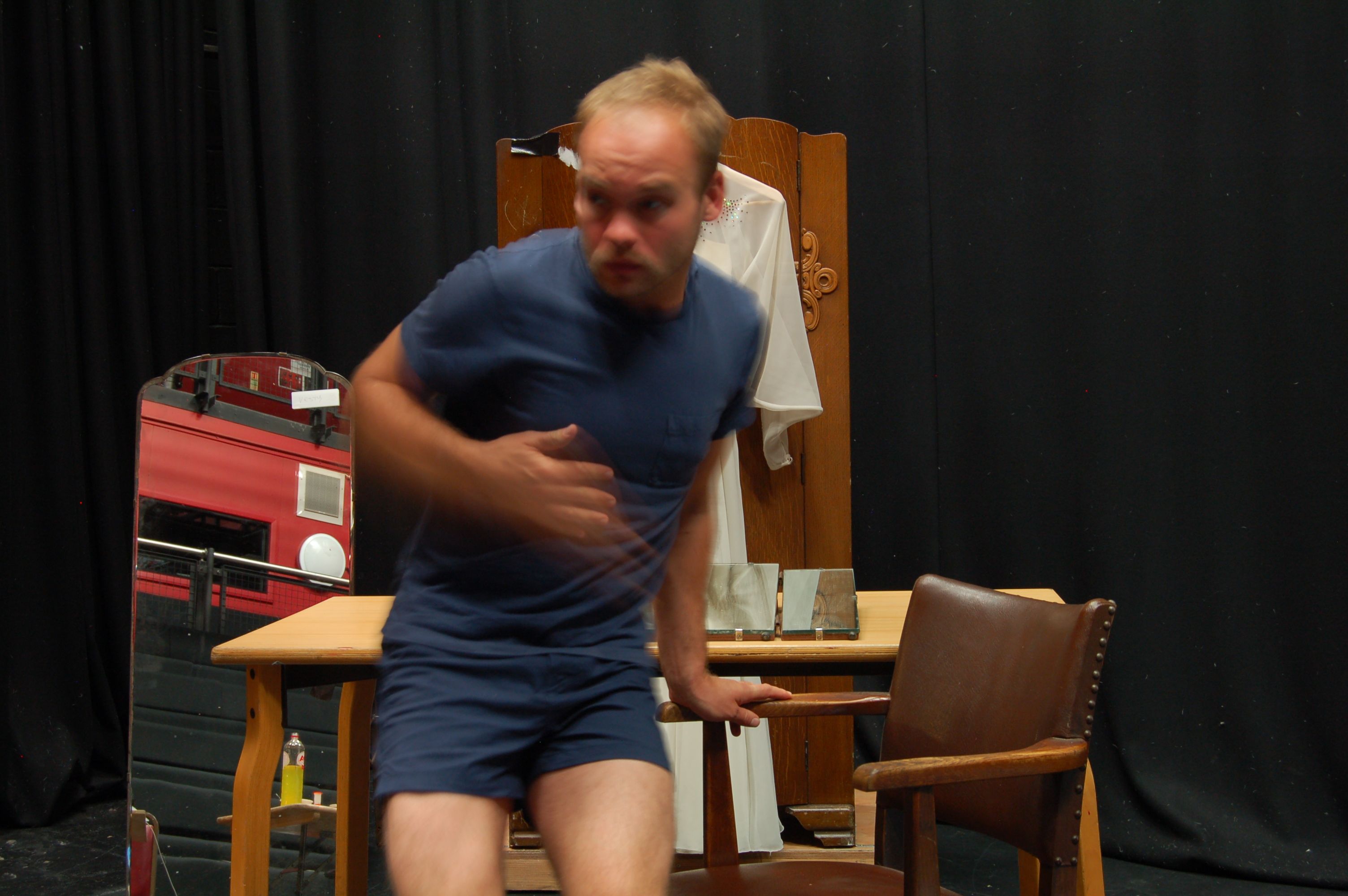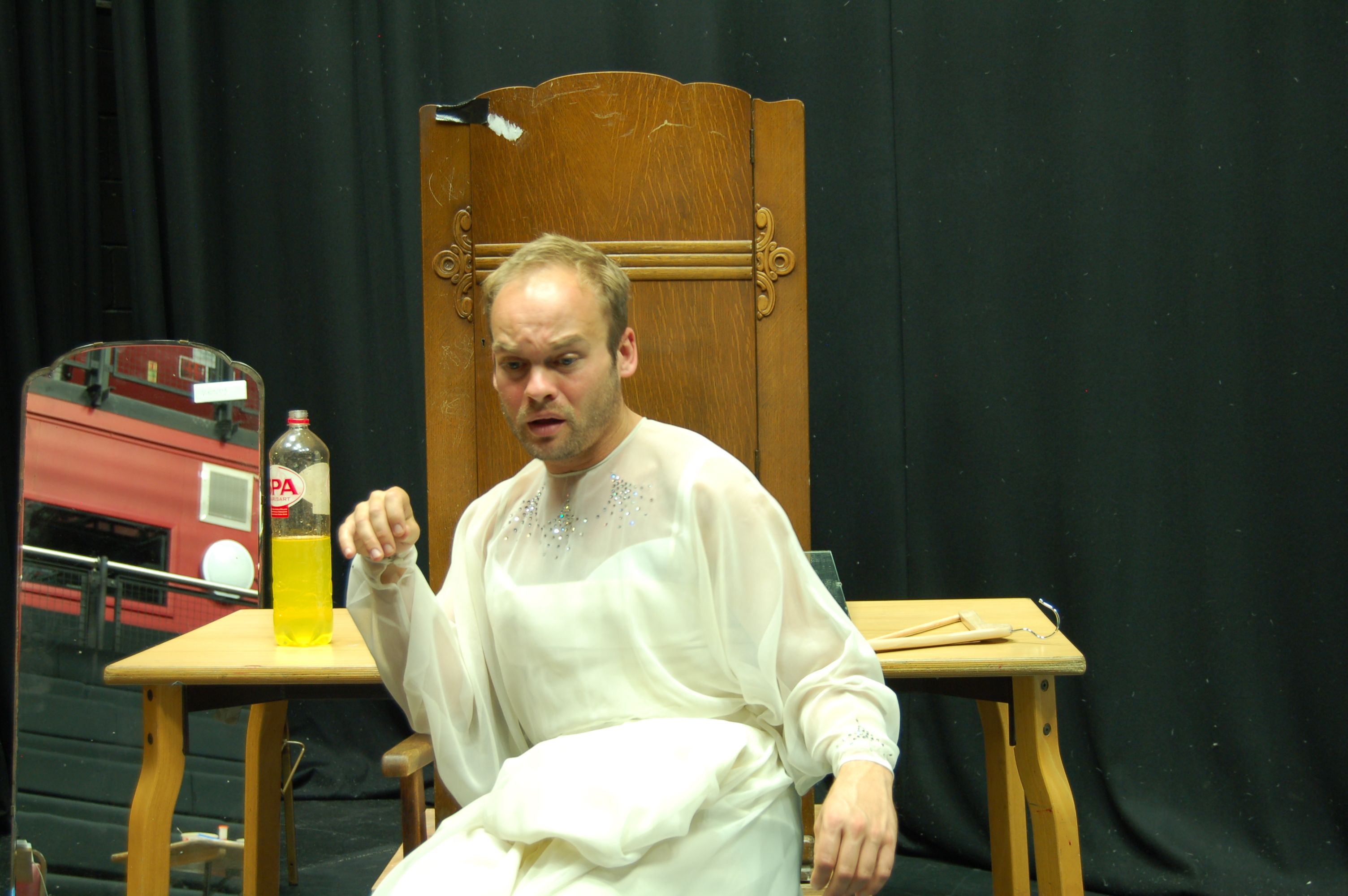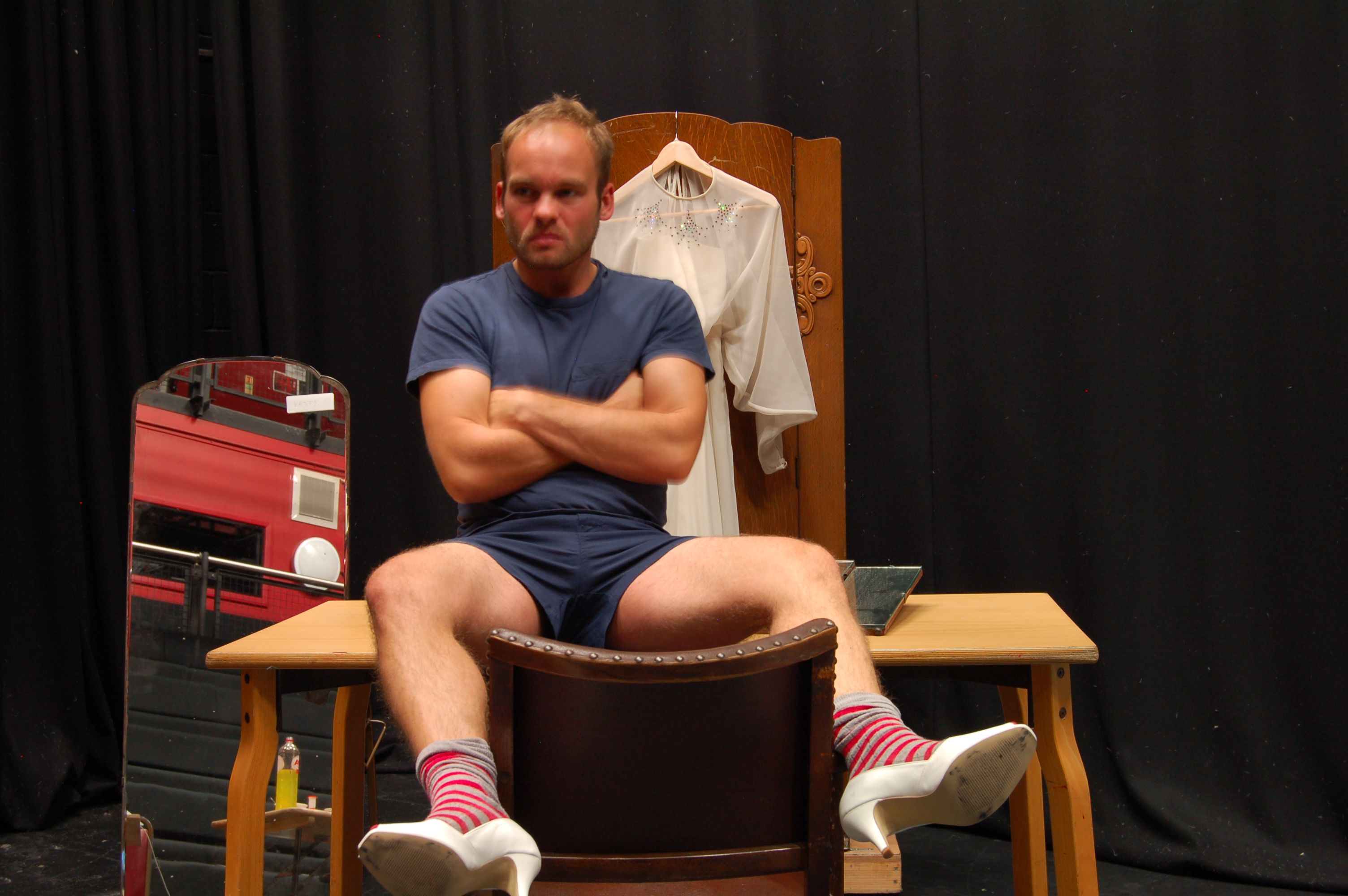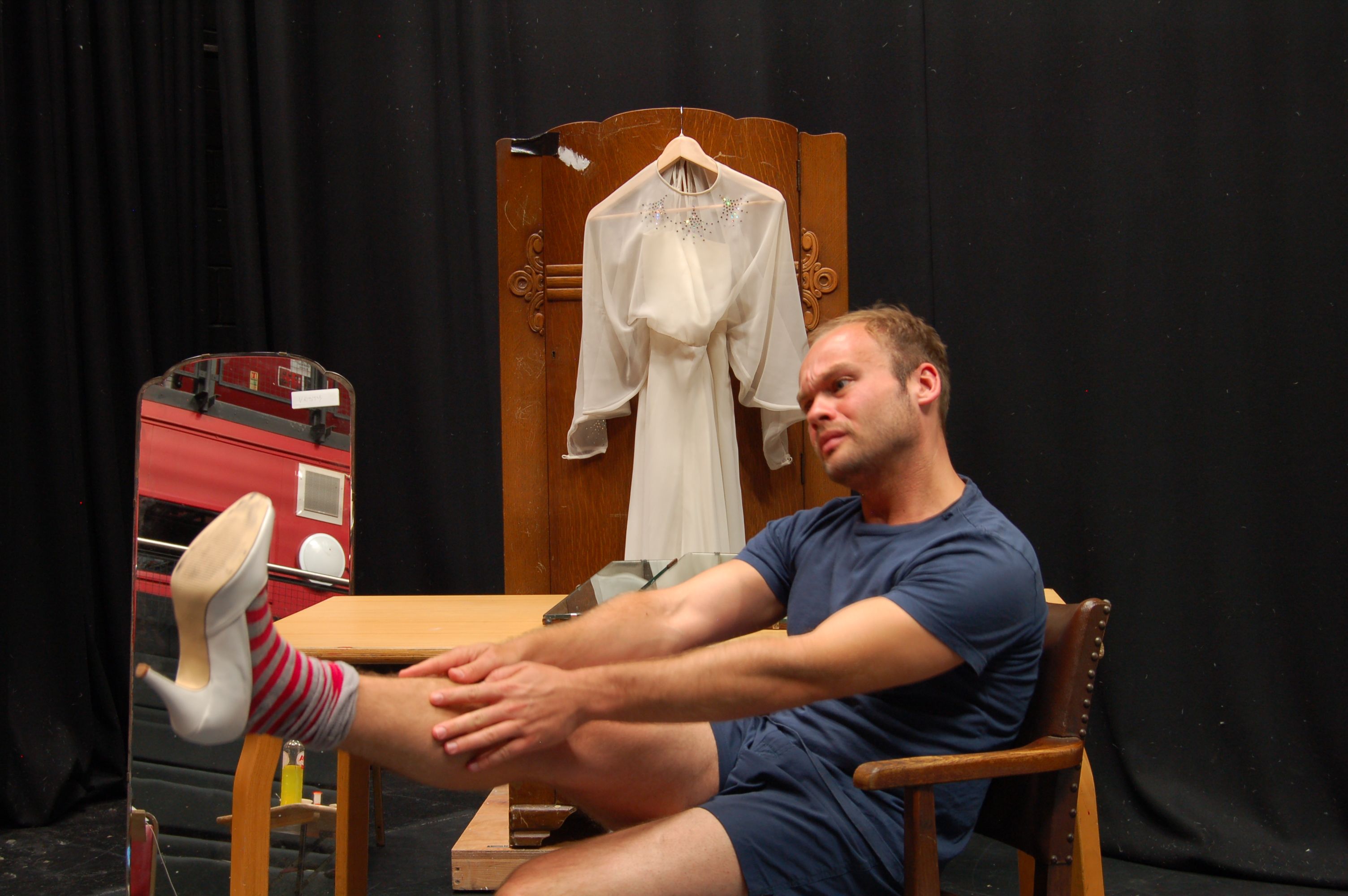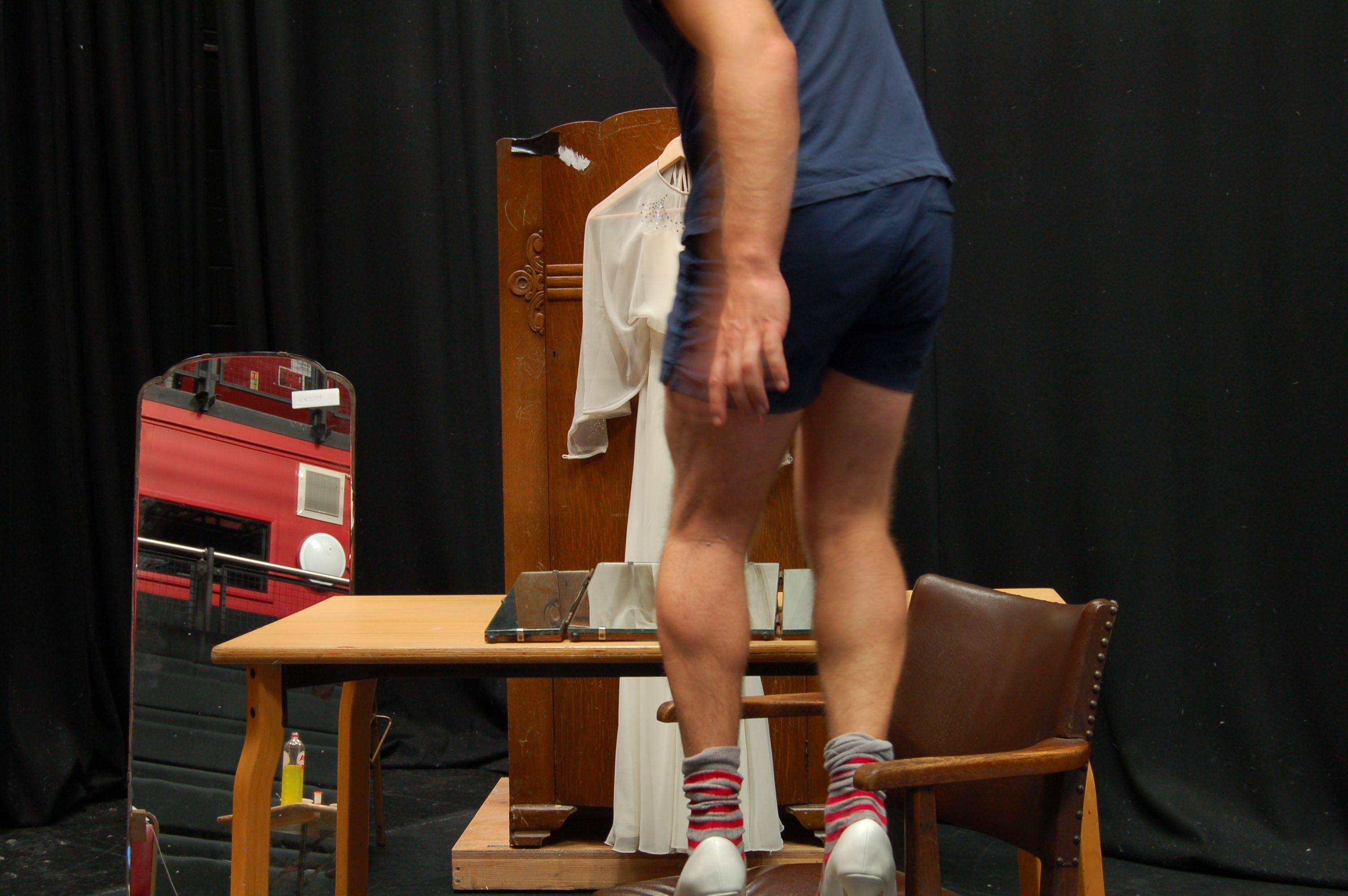RESEARCH
IMPROVISATION, VOICING, CLASS
INTERESTS
PRACTICE-LED RESEARCH
Robert’s research interests centre around improvisation, with a focus on voicing as an amplification of moving. His methods are predominantly practice-led and utilise the tool of instant composition. Robert was awarded a PhD in 2021 by the Department of Drama and Theatre at Royal Holloway, University of London. Robert is particularly interested in the relationship between the politics and aesthetics of voicing — how vocal characteristics interplay with social class and a broader intersectionality.
PhD
Material Words for Voicing Dancers
The thesis stems from practice-led research that has investigated the role of voicing (both linguistic and non-linguistic sound) in improvisatory dance-based performance practices. My research is rooted in the pedagogies of three independent practitioners — Ruth Zaporah (US), Julyen Hamilton (UK/ES) and Billie Hanne (BE) — which took place intermittently between 2012 and 2017 in Spain, Belgium and the UK. Reference is made to pedagogical processes and Instant Composition performance practice, as well as the my own artistic performance experiments and outcomes, to draw out the figure of a voicing dancer. The analysis considers: 1) how a dancer might ‘access’ feeling for voicing, taking a somatically-oriented approach that also utilises my experience as a practitioner of the Feldenkrais Method; 2) how voicing can be ‘arranged’ in a compositional environment with objects; 3) how voicing is amplified for performance in an enlivened acoustic space drawing on theatre aurality. Working through these stages (‘accessing’, ‘arranging’ and ‘amplifying’) aims to discern and differentiate the way voicing and dancing can be considered a potentially unified but situated act, as well as offer an analytical model for researching such practices. I argue that to describe such practice in terms of ‘embodied voice’ is limited and I use Tim Ingold’s relational ontology, and particularly his notion of ‘ensoundedness’, as a foundation for expanding the terms of engagement. I suggest that ‘voicing-and-listening’ can more fully account for how voicing(s) are produced by dancers in a studio and performance environment. Reference is made to my own artistic performance experiments and outcomes that have attempted to extend the research.
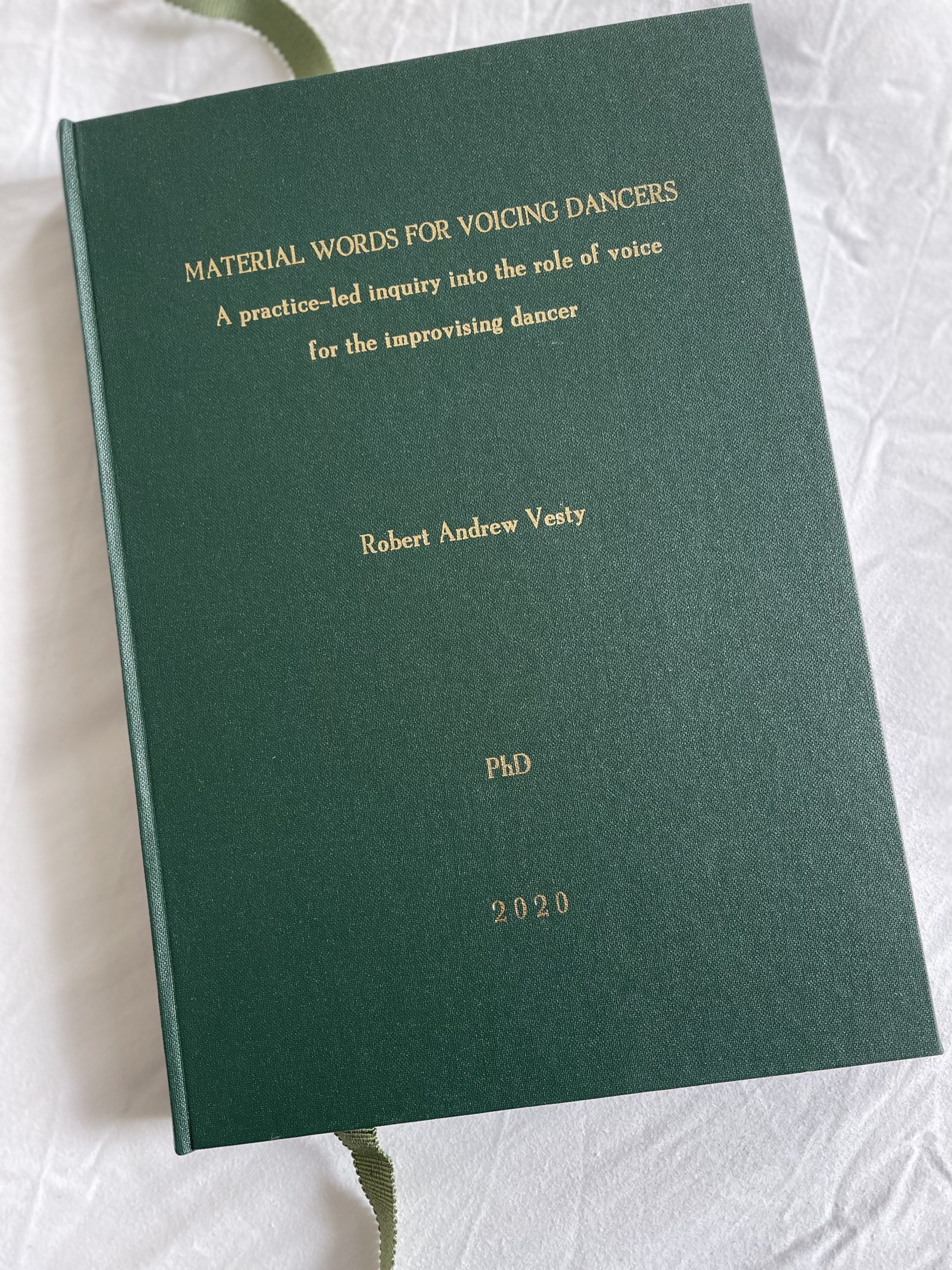
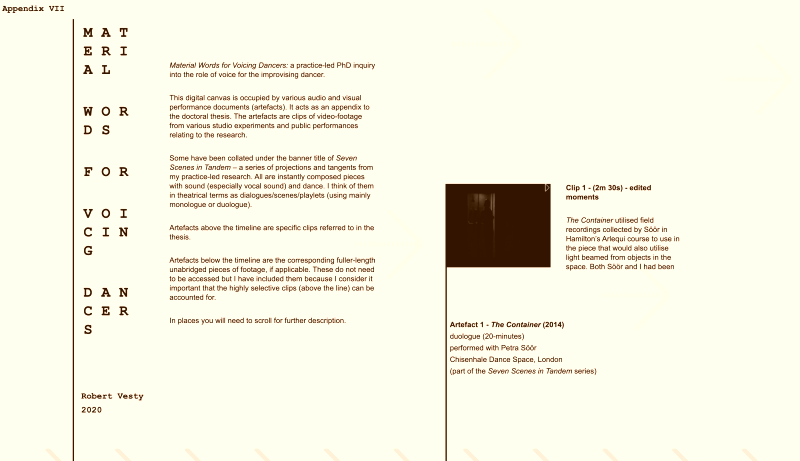
Appendix VII
An integral part of Robert’s doctoral thesis was an exposition of video material showing the practical experiments and outcomes that accompanied the main thesis. Appendix VII is collated and hosted by Research Catalogue – a digital canvas – as a lasting document.
PUBLICATIONS
Choreographic Practices
‘In the beginning was – and is – not the word. In the beginning was – and is – movement’ (Sheets-Johnstone 2011: 347)
Robert guest edited this special – Words and Dance – issue of Choreographic Practices. It aimed to speak to, and shout about, the way in which some early twenty-first-century dance practices are playing with, around and through the word. In turn, it is concerned with not just how words look or sound on the page, stage and elsewhere, but how a dancer’s animate exploration of language can create particular opportunities to crack open words and reveal our playing with them as a deeply contingent and remarkably fleshy affair.
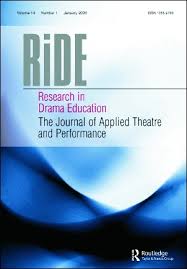
Vesty, R. and De la Fe, A., 2017. On ‘A Piece for Two (Lovers)’–an unrehearsed performance piece. Research in Drama Education: The Journal of Applied Theatre and Performance, 22(1), pp.166-171.
RiDe
RiDE – Journal of Applied Theatre and Performance – special themed issue on Precariousness and the Performance of Welfare. Upcoming article co-authored with Antonio de la Fe On ‘A Piece for Two (Lovers)’ – an unrehearsed performance piece. This essay draws attention to the way in which A Piece for Two (Lovers), created and performed by Vesty and de la Fe, theatricalised its inherent precariousness.
TIN
TransDisciplinary Improvisation Network (TIN) – Robert was a founder member of this Middlesex University based research cluster which aims to integrate international interest and activity relating to transdisciplinary improvisation performance practice.

Seven Scenes in Tandem
In 2013, Robert decided to give the series of ongoing performance collaborations the overarching title: Seven Scenes in Tandem. Utilising the language of theatre, he is conceiving these ongoing works as monologues and duologues (even if his collaborators don’t know it!). Robert’s aim is give space to his thinking and doing in research terms where he”s interested to harness instant theatricality caught in the moves and the words of an actor’s dancing.
One in the series Close/Far – a duologue with Pete Gomes on camera – was tested at TIN Salon#1, Ravensfield Theatre, Middlesex University, in July 2016.
Another in the series – a duologue with Kate Ryder with prepared piano happened as part of New Pathways in Improvisation (organised by Professor Ben Dwyer) at Middlesex University, in November 2021. Documented below is a 20-minute instantly composed piece with a follow-on talk speaking to the concerns of improvisation, composition and especially the use of voice in dance.
Ten Days in Tarbena
“For some dance artists, improvisation is one of many approaches within the choreographic process. For others, it is a performance form in its own right. And while it has long been practiced, it is only within the last twenty years that dance improvisation has become a topic of critical inquiry. With The Oxford Handbook of Improvisation in Dance, dancer, teacher, and editor Vida L. Midgelow provides a cutting-edge volume on dance improvisation in all its facets”.
Vesty, R., 2019. Ten Days in Tarbena. In The Oxford Handbook of Improvisation in Dance (p. 367). Oxford University Press.
Artefacts: a multi-voiced collection of paraphernalia, documentation and reflection on the Space and Words for Dancers work-week
Artefacts was published alongside six longer articles for the Words and Dance special edition of Choreographic Practices. It brought together image, essay, transcript and design as a way to speak to the Space and Words for Dancers (2015) event.
Vesty, R., Andrews, M., De la Fe, A., Hamilton, J., Hanne, B. and Di Giovanni, T., 2017. Artefacts: a multi-voiced collection of paraphernalia, documentation and reflection on the space and words for dancers work-week. Choreographic Practices, 8(1), pp.131-167.
MASTERS
One Man Good Woman
This solo-show was created as part of Robert’s MA at Kent University. An autobiographical piece about love, loss and the losing of self. It was performed over 2 nights at the Aphra Theatre, University of Kent, September 2008
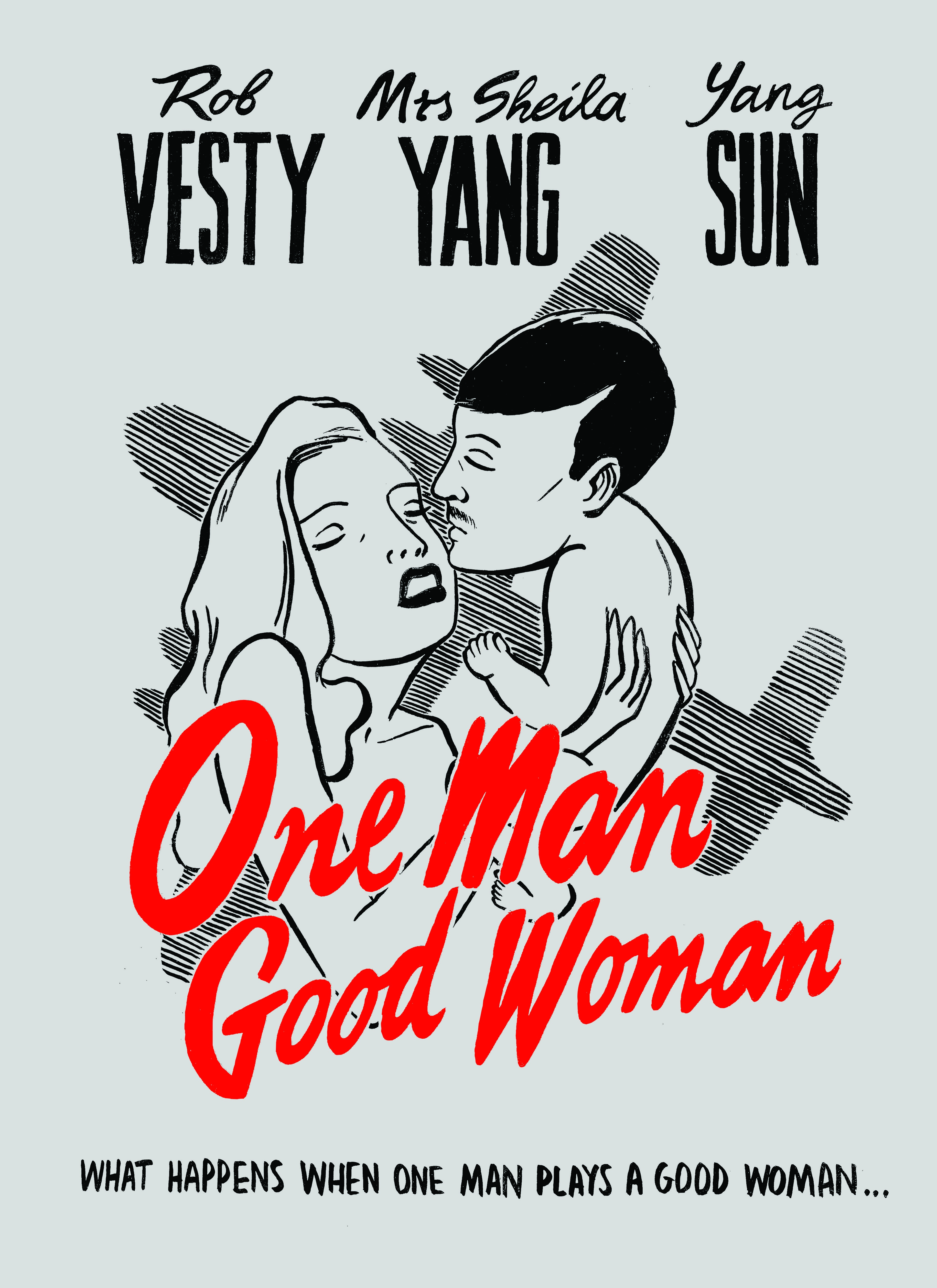
It was accompanied with a written thesis (20,000 words) entitled What to do with Gestus Today Version II
(Brecht, 1964: 15)Even when a character behaves by contradictions that’s only because nobody can be identically the same at two unidentical moments. Changes in his exterior continually lead to an inner reshuffling. The continuity of the ego is a myth. A man is an atom that perpetually breaks up and forms anew. We have to show things as they are.
ABSTRACT: This thesis explores the common and dialectical features of pedagogy, Bertolt Brecht’s Gestus, and identity construction. It speaks from the perspectives of pedagogue, actor and subject. It argues that in each of these modes the subject is necessarily engaged in both an ontological dilemma and opportunity, which is performative. It exposes embodiment as an oscillatory process of absence and presence. This is predicated on the impossibility of arriving at a fixed notion of being in the world. The thesis is set within an autobiographical frame. First because each mode marks an encounter in the life of Rob Vesty, and second because the practice-based-research uses autobiographical performance.
UNDERGRADUATE
Arnold Wesker on Centre 42
In 1995, Robert spoke with the playwright Arnold Wesker (1932-2016) at his home in Blaendigeddi Fawr, Hay-on-Wye, Hereford as part of the research for his undergraduate dissertation. Robert was examining Wesker’s (and Clive Barker’s) involvement in the Centre 42 initiative which arose from Resolution 42 of the 1960 Trades Union Congress aimed at widening access to arts and culture. Centre 42 was initially a touring festival to several, predominantly, working class towns of Britain, before it established a base at the Roundhouse in 1964. The project engaged Jennie Lee (the first Arts minister) and PM Harold Wilson but ultimately struggled to sustain itself due to a lack of funding. Echoes of the project and its ethos can be found in Wesker’s play Their Very Own and Golden City (1966). Robert’s visit was kindly facilitated by Beryl Ruehl whose voice can be heard in the full recording.
This is a short clip of a longer 95-minute recording.
.
This is the longer 95-minute recording in two parts.
